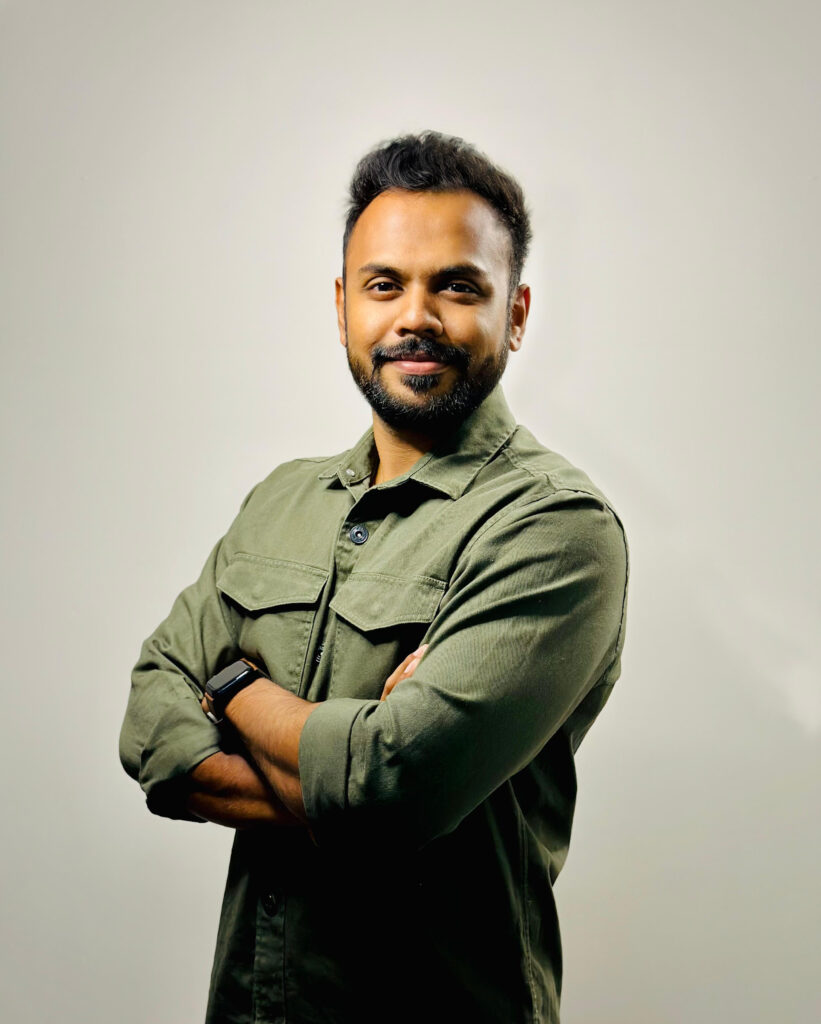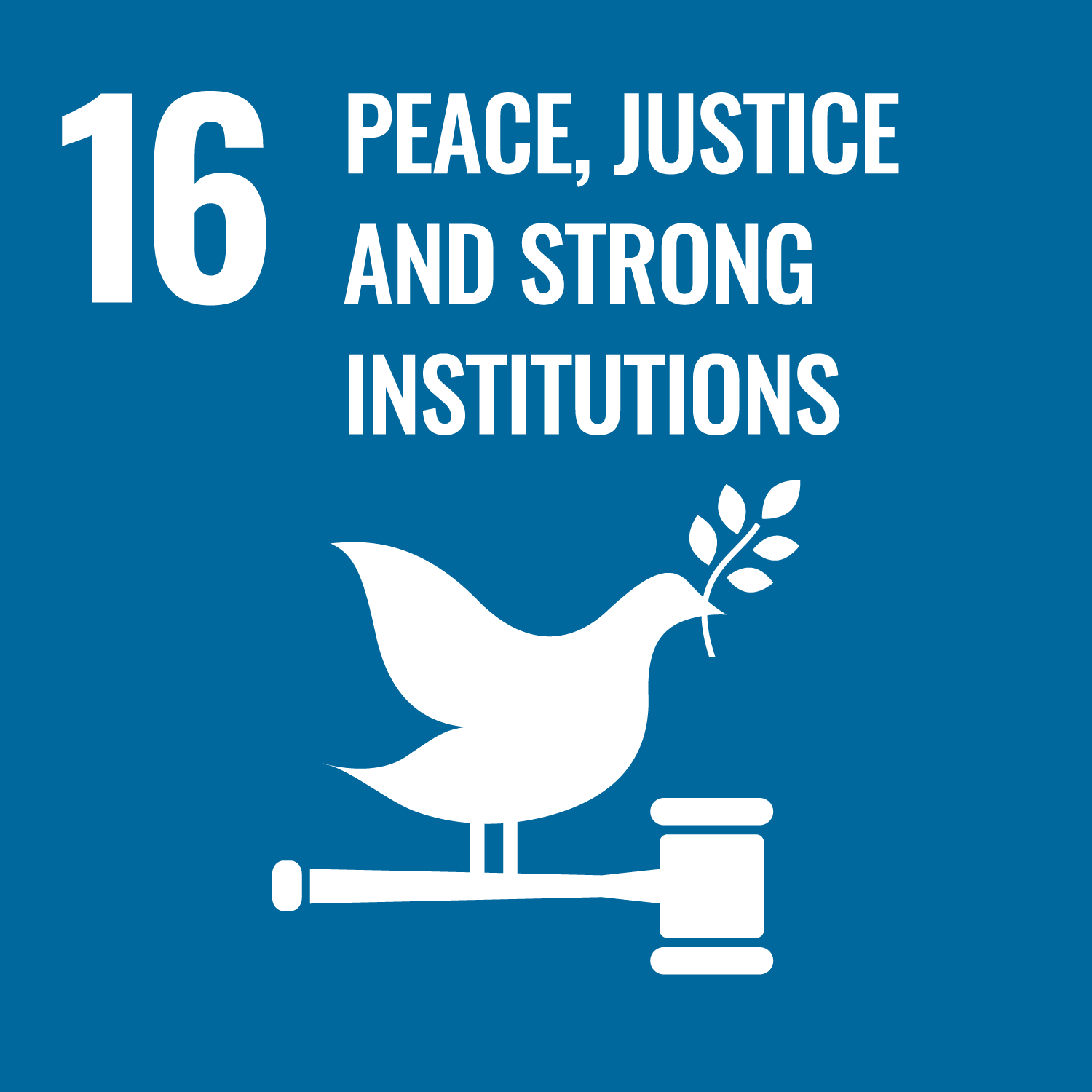‘Democratic architecture’ and people-first design has propelled the work of a Griffith University student’s work to national recognition for his innovative, humanitarian design for a refugee camp, placing third in a prestigious national research competition.

Masters of Architecture student, Mahima Herath, was awarded third place at the 2024 Humanitarian Innovation Pitch, an annual national competition hosted by The Warren Centre at the University of Sydney.
Mahima’s research-based design, titled Barrier-free Medical Services: Enhancing Accessibility to Primary Healthcare Services in Zaatari Refugee Camp, Jordan, addressed one of the most pressing issues facing the 70,000 Syrian refugees in the Zaatari camp – access to primary healthcare.
His modular, adaptable design proposed a network of healthcare satellite clinics connected to a central hospital hub, using recycled materials to create a cost-effective and scalable solution.
The research-based design tackled the physical, social, and cultural barriers that limited healthcare access in the camp and could serve as a model for refugee camps worldwide.
Mahima’s award-winning project was developed as part of a “research-by-design” course at Griffith University, where students were tasked with finding practical solutions to real-world problems.
“Accessibility to healthcare was the main issue I identified in my research,” Mahima said.
“The camp’s population includes people with disabilities, pregnant women, and elderly individuals, yet they lack reliable transportation and face significant barriers to accessing care.”
The 2024 Humanitarian Innovation Pitch competition recognised postgraduate research that addressed critical issues facing marginalised communities.
Originally from Sri Lanka, Mahima completed his Bachelor in Architecture in his homeland and became a registered architect in Sri Lanka with four years of experience in the field before deciding to pursue further opportunities through Griffith’s Master of Architecture program.
He chose Griffith University for its strong reputation and the potential growth in Queensland’s construction industry ahead of the 2032 Olympics. As part of his study, he also completed an internship at the City of Gold Coast in the City Design Unit.
Within his Masters at Griffith, Mahima completed two research-by-design courses with Dr Cecilia Bischeri and Dr Zuzana Kovar, who he credited for their expertise, advice and encouragement.
Mahima has now started work at the renowned firm Burling Brown Architects in Southport, Mahima explained his passion for “democratic architecture”, a people-first design philosophy that sought to create spaces that were equal and accessible for all.
His experience working with diverse communities in Sri Lanka had greatly informed his approach.
“People-centric design is my goal,” Mahima said.
“This project is about more than just design, it’s about understanding the cultural context and creating spaces that truly serve the people who need them most.”




